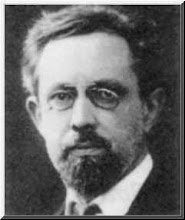The Guardian is running an interesting piece in it's Datablog which includes a map showing for each local authority area (LAA) in England and Wales the number of (grossed up) criminal offences reported in the British Crime Survey (BSC) as a rate per 1000 of the population. The map is shaded according to figures for 2008/9 but comparisons are also made with 2007/8 (though you have to download the data to find out what the base year actually is). The map is very pretty, but I wonder whether it is an example of statistical overreach. The accompanying text helpfully tells us that the BCS sample size is about 40000. That sounds a lot until you count the number of obervations per LAA: there appear to be several hundred LAAs. Now think about how many of those observations are likely to be zero - ie no experience of crime during the year in question. I would imagine that quite a few of the underlying numbers are based on the positive reports of a handful of people in each LAA. The confidence intervals around the counts for a single year will, I guess, be quite large and very large around the year on year differences. Yet the map gives me no sense of the uncertainty around these numbers. Has the number of offences in Oxford really gone up by 4%? I don't know and I don't think the creator of this map knows either. Let's see the confidence intervals or if you feel a bit Bayesian the credible intervals for the differences within each LAA: then we can start to have a meaningful discussion. Otherwise, this is just another piece of "data art".
Why Some US Indian Reservations Prosper While Others Struggle
-
Our colleague Thomas Stratmann writes about the political economy of Indian
reservations in his excellent Substack Rules and Results. Across 123 tribal
n...
31 minutes ago









No comments:
Post a Comment